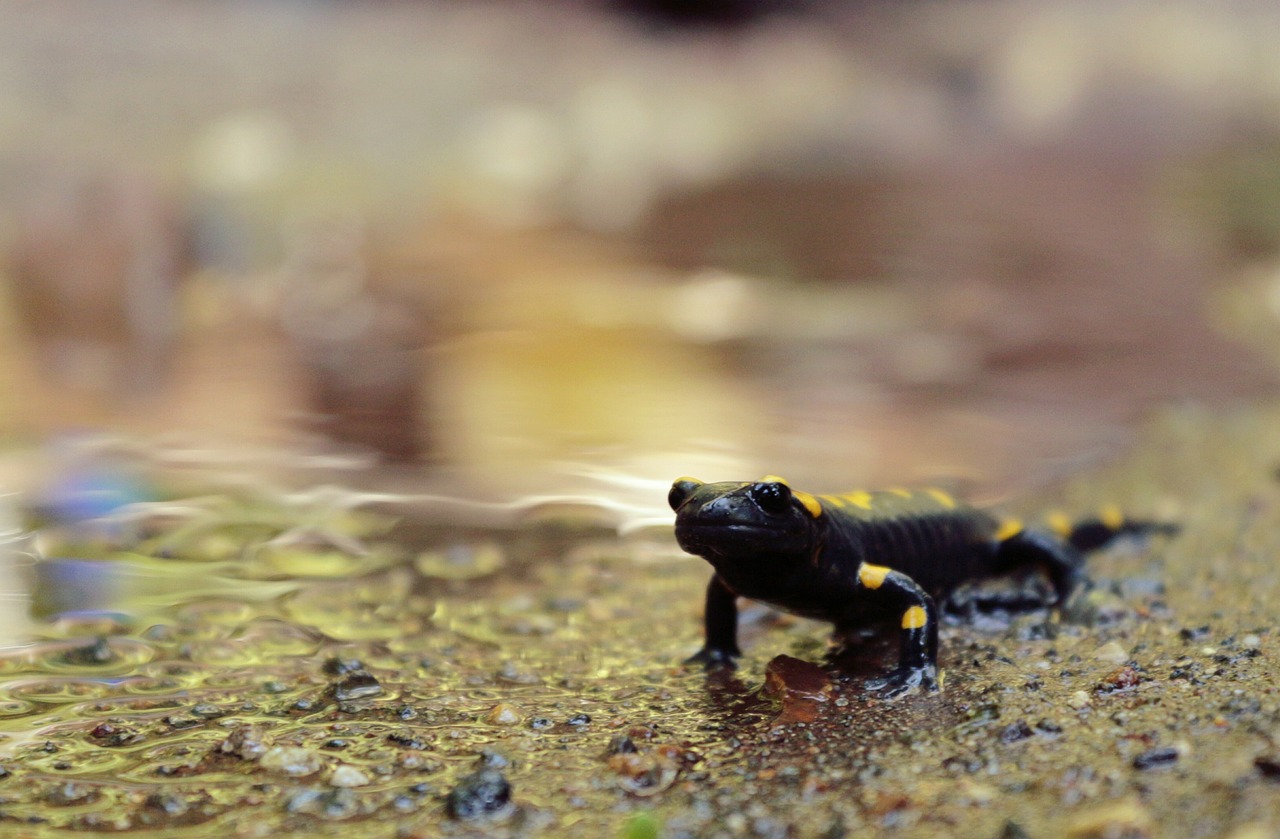
Pre-reading questions:
- What do you understand about fossils? How do fossils form?
- Why are fossils important in studying the history of life on Earth?
Vocabulary:
- researcher /REE-search-er/
- detailed /DEE-tayld/
- eventually /eh-VEN-chu-uh-lee/
- amphibian /am-FIB-ee-un/
- paleontologist /pey-lee-uhn-TOL-uh-jist/
[noun] – a person who conducts research, especially in the sciences or academia
The researcher discovered a new species of plant in the rainforest.
[adjective] – in-depth, thorough, providing a lot of information or specifics
The report included a detailed analysis of the economic trends.
[adverb] – in the end, after a period of time or a series of events
Eventually, they reached a decision after much discussion.
[noun] – a cold-blooded vertebrate animal that typically transitions from water to land during its life cycle, such as frogs and salamanders
The pond was teeming with various amphibian species during the spring.
[noun] – a scientist who studies fossils to understand the history of life on Earth
The paleontologist discovered a remarkably preserved dinosaur skeleton in the desert.
Article reading:
Scientists study creatures like Gaiasia jennyae to learn about tetrapods—four-legged animals that moved from water to land, eventually becoming amphibians, birds, and mammals, including humans. Early tetrapod fossils are mostly from ancient coal swamps in North America and Europe. However, these fossils, around 280 million years old, were found in modern-day Namibia, an area once covered with glaciers. This discovery suggests tetrapods might have thrived in colder climates earlier than previously thought, raising new questions about their evolution. Claudia Marsicano from the University of Buenos Aires, a study co-author, noted that the early history of tetrapods is more complex than previously believed. Gaiasia jennyae is named after paleontologist Jennifer Clack, honoring her work on tetrapod evolution.
Comprehension questions
- What did scientists discover about Gaiasia jennyae?
- How did Gaiasia jennyae likely catch its prey?
- Where were early tetrapod fossils mostly found before the discovery in Namibia?
- Who is Claudia Marsicano, and why is her comment important?
- Why did scientists name the creature Gaiasia jennyae?
Discussion questions
- Can you recall a time when you learned something new about prehistoric creatures or fossils? If so, what fascinated you about it? If not, what would you like to learn more about?
- Have you ever visited a natural history museum or seen fossils in person? If so, what was your experience like? If not, would you like to visit one in the future? Why or why not?
- Do you agree that studying fossils in different climates could change our understanding of animal evolution?
- How do you think advancements in technology have influenced the study of fossils and ancient life forms?
- In what ways might paleontologists collaborate globally to enhance their research on ancient creatures?